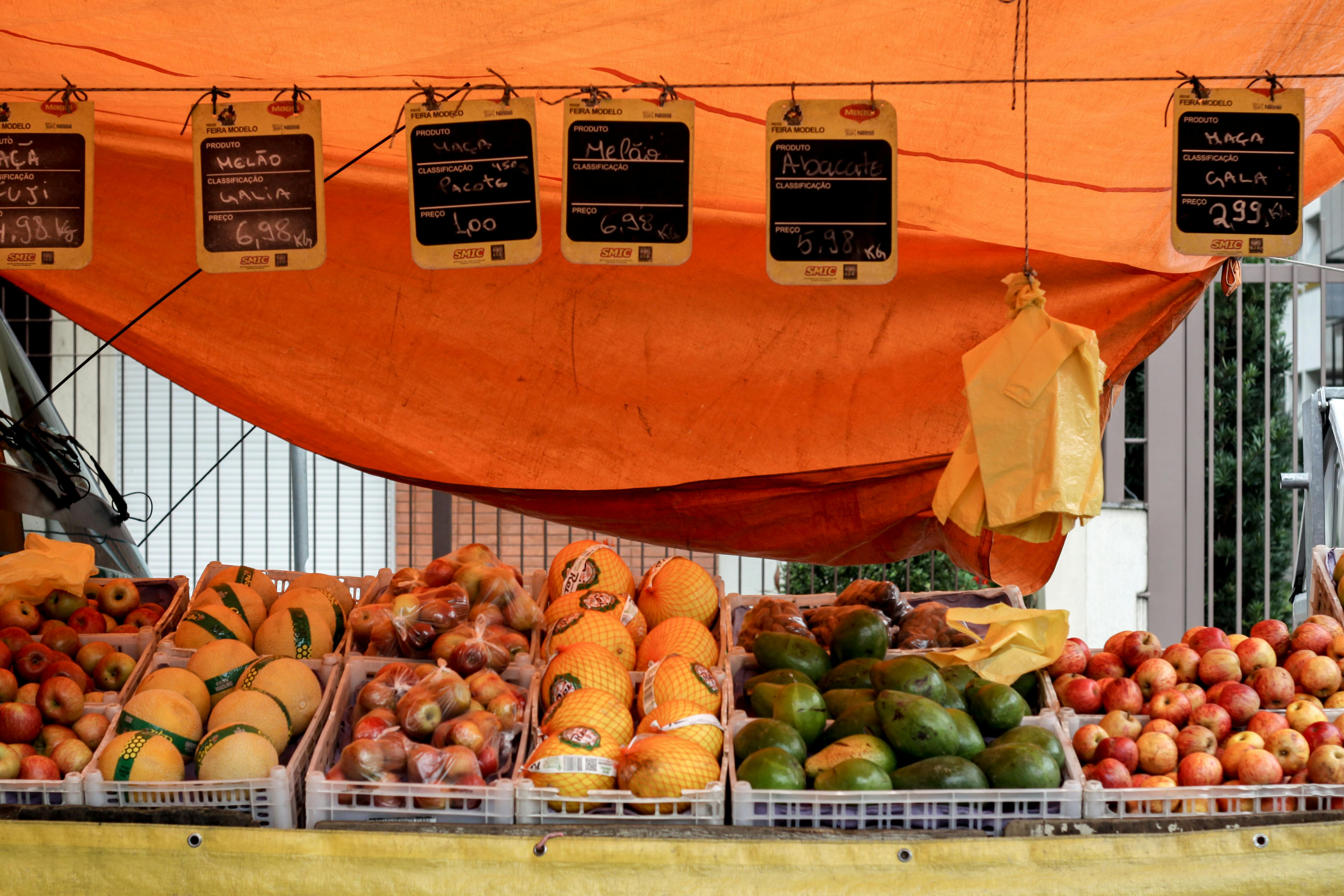Is carbon monoxide as dangerous as smoke?

Everyone knows the importance of having a smoke alarm installed in your home! It’s almost taboo not to have one and any firefighter would agree that not having a smoke alarm can cause significant risk to your home. Smoke alarms can be a nuisance when cooking. Something may have gotten a little out of hand and your smoke alarm is letting you know that you’ve burned your food. But the positive use of a smoke alarm far outweighs the disadvantages of using a smoke alarm.
Unfortunately, some people do not have smoke detectors in their homes and have died from home fires. In most cases, people die before the fire touches them in their home, it is usually the inhalation of carbon monoxide (CO), which kills them first and renders them unconscious. It is extremely unfortunate that fires continue to be a huge problem in homes despite preventive methods and current legislation to prevent fires. However, fires are not the only serious danger in the home, there are still other killers.
Carbon monoxide, as mentioned before, can be deadly. It is caused by the incomplete burning of various fuels. When CO is inhaled and enters the bloodstream, it inhibits the blood’s ability to carry oxygen to the body’s tissues, including vital organs such as the brain and heart. CO combines with hemoglobin in the blood that carries oxygen to form carboxyhemoglobin. Once combined, the hemoglobin would not be available to carry oxygen.
A fire that burns through your home is a big cause of carbon monoxide poisoning, however, there are other minor issues that can cause carbon monoxide in your home that you may not be aware of.
Your kitchen is one of the main appliances in your home. You use it most of the week. Many people don’t know that your kitchen can potentially release carbon monoxide gas into your home without your knowledge. Like any appliance, performance issues can occur. Loose gas connections and a host of other problems can cause the flame to burn improperly and release potentially deadly CO gas. It is a colorless, odorless and tasteless gas, so it is difficult to detect easily, but here are some signs to help you detect carbon monoxide;
– Yellow or orange flames instead of blue coming from your kitchen (except fuel effect fires or smokeless appliances that show this flame color)
– Soot or yellow/brown stains around or on appliances
– Pilot lights that go out frequently
– Increased condensation on your windows
Ultimately, these are not signs that automatically jump out at you, however now there is a solution. Just like fire alarms, there are now carbon monoxide alarms that are incredibly cheap and easy to come by. They work similar to smoke alarms and look similar too. When they can detect a certain level of carbon monoxide that can be dangerous, the alarm sounds and sounds like a smoke alarm. Once you hear the alarm sound, you should immediately contact a Gas Safe Registered Engineer (if you live in the UK, if not the statutory body of Registered Gas Engineers in your country) and allow them to carry out a gas safety inspection. gas in your home. It is also advisable to close the gas in the hands to prevent more gas from being released.
According to government statistics, 4,000 people go to A&E due to carbon monoxide-related illnesses, 200 people are hospitalized, and there are around 50 deaths in England and Wales related to CO poisoning, so it’s not as rare as the people think.
Stay alert and if you can buy a carbon monoxide alarm, these are available in most UK hardware stores, they can be just as useful as a smoke alarm and make sure you look out for signs of carbon monoxide in the home.